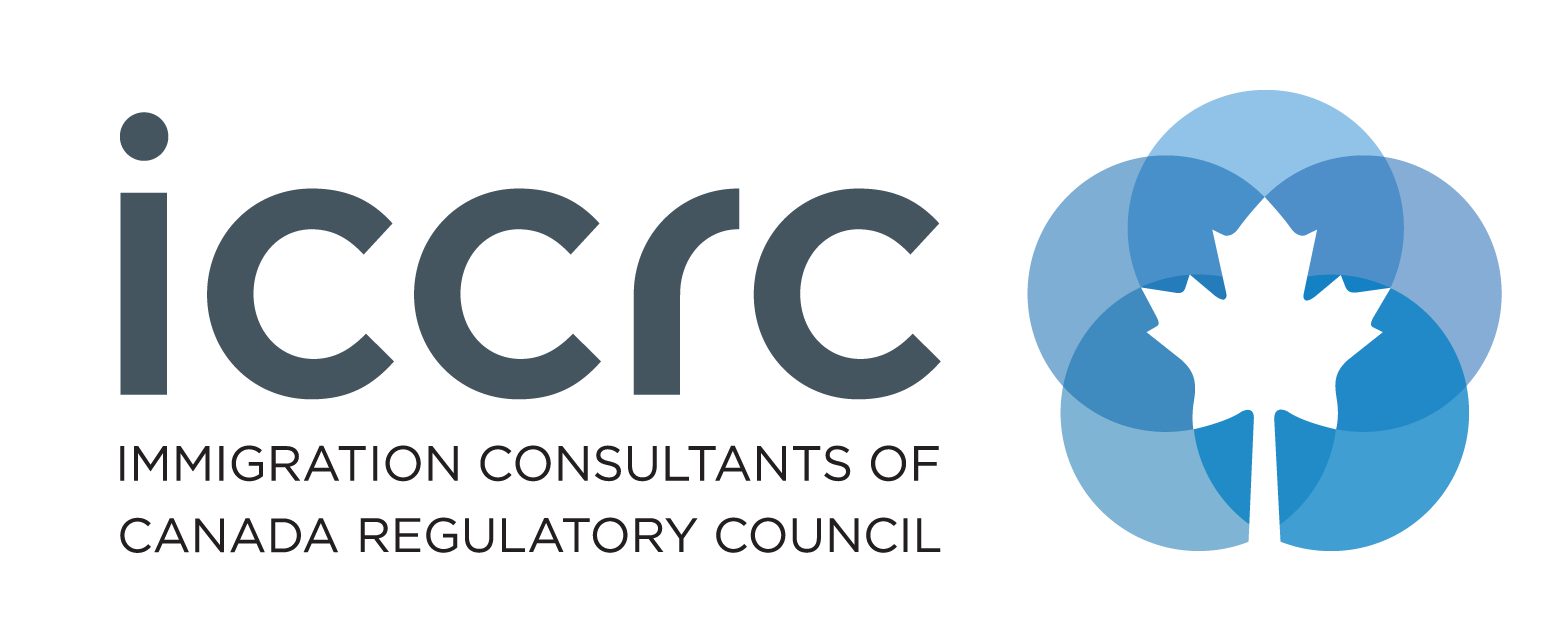希望尽快到达加拿大
想在城镇工作和生活
有一定英语程度
100 万人民币
12-18个月
项目介绍
RNIP的全称是Rural and Northern Immigration Pilot,是针对加拿大北部相对偏远的城镇的移民试点项目。属于联邦移民局规划下的经济类移民的一种,新政自2019年9月1日起生效,为期5年。
加拿大政府一直致力于通过支持小型及偏远地区人口经济增长,以求帮助加拿大的农村乡镇吸引移民人才,补充劳动力不足的困境。原本加拿大全国范围共有55个乡镇参与竞标,希望能得到移民局的垂青来招揽人才,但最终获准开放移民政策的小镇只有11个。
11个地点包括:
安省: North Bay, Sudbury, Timmins, Sault Ste. Marie
曼尼托巴省: Brandon, Altona/Rhineland
卑斯省: Vernon, West Kootenay (Trail, Castlegar, Rossland, Nelson)
萨省: Moose Jaw
阿省: Claresholm
项目优势
申请条件
- 近3年中至少一年全职工作经验(至少1560个小时)
- 同一职业(可以是不同雇主),有薪的工作;
- 申请职位级别为NOC中的0/A/B/C/D;
- 至少高中或以上的学历,海外学历需做学历认证;
- 获得试点社区雇主的job offer(每周至少30小时)且工作为非季节性的;
-
根据申请职位级别不同,语言要求不同,具体如下:
1)0/A类岗位语言至少CLB6;
2)B类岗位语言至少CLB5;
3)C/D类岗位语言至少CLB4。
- 申请人有意向在申请社区内居住
- 安家资金证明
申请流程
- 1金泰顾问团队为客户进行详细评估,双方同意服务后签约;
- 2社区雇主选择合适的申请人,或者申请人也可以接触潜在的雇主;
- 3金泰为申请人向社区递交申请,并表明打算在该社区定居;
- 4社区指定的经济发展服务部门审核申请人的资料,并发放社区推荐信;
- 5提交永久居民申请到联邦;
- 6联邦根据移民法例等规定审核申请人资格,给与永久居民审批;
- 7申请人登陆加拿大,到相应社区定居工作,社区提供服务。
金泰建议
偏远和北方社区试点移民计划RNIP项目与大西洋试点计划AIPP以及其他省份的雇主担保项目最大的不同是,对雇主的要求偏低。当然也是由于社区人口偏少,商业偏少等原因造成的。另一方面,能够提供担保的雇主数量也就会变得比较有限。而且雇主的经营范围局限性比较大,会比较集中在餐饮、汽车、服务、酒店、零售等方面。
从申请流程上来看,RNIP计划也属于一步到位拿枫叶卡的项目,这点优势非常明显。
任何项目的初期都是政策磨合阶段,也是申请的最佳时机。因此金泰在此提醒各位申请人,移民一定要尽早准备!
我们的优势
专注加拿大移民多年,中加团队一条龙服务

加拿大本土的移民机构,总部在多伦多,卡尔加里和大西洋四省均有分部
北京分部成立,真正做到从咨询到登陆一条龙服务
丰富的考察资源和一手的雇主资源,既确保雇主的资质,也避免中间商差价
专注于加拿大移民,与省政府关系密切

加拿大移民法律委员会(ICCRC)的成员,加拿大移民部认可的合作机构


